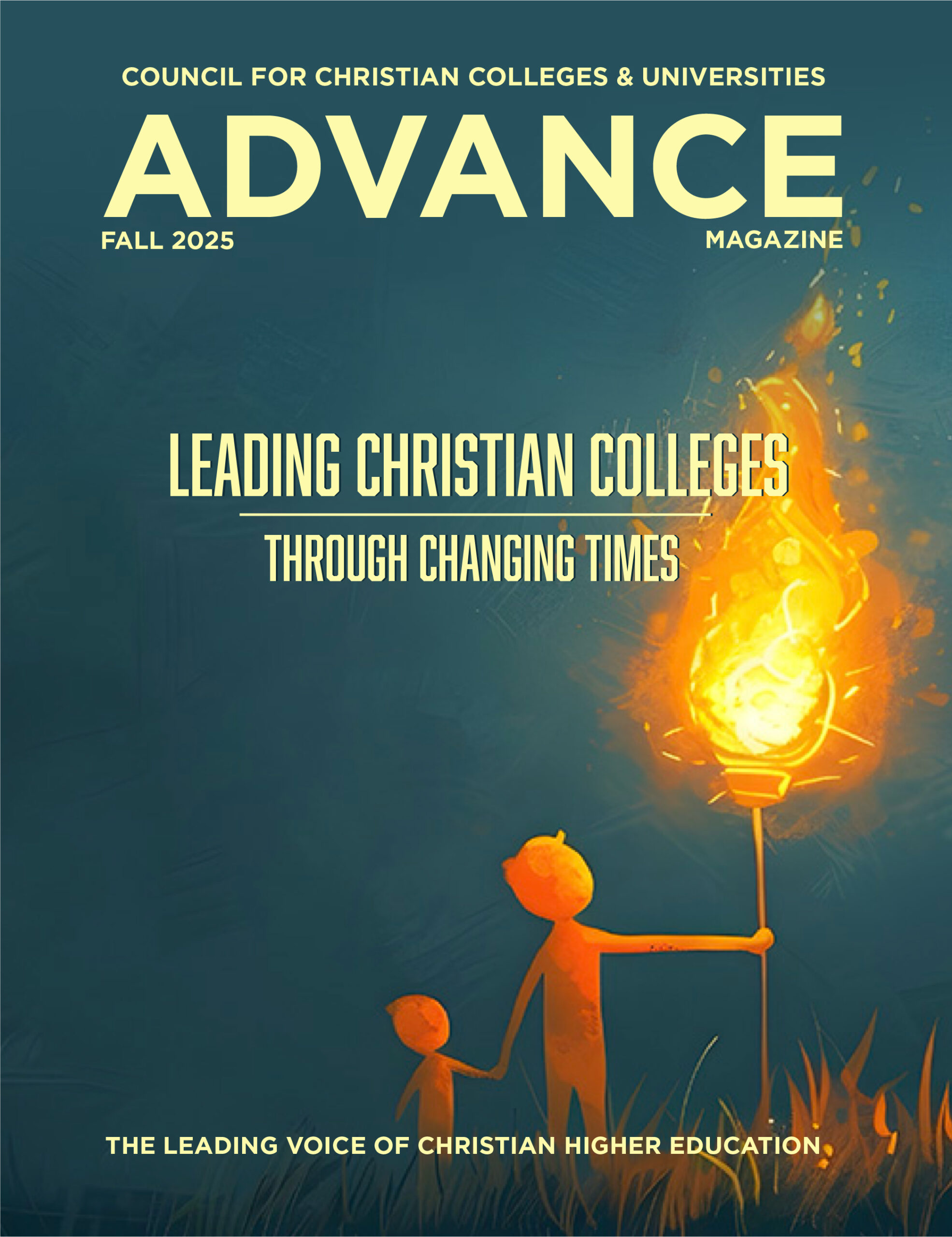Magazine
The Boston Common is the most familiar parcel of America to me. For 20 years, I walked across this park thousands of times for my commute to work. I sat on its benches for lunches, and I watched its trees cycle through their beautiful array of colors. This place was home. Then, one day, someone yelled a racial slur at me.
Suddenly, I was a stranger in a strange land.
What transpired at the U.S. Capitol on January 6 made millions feel like strangers in a strange land. How could this happen in America? Many factors complicate the assessment of that day, but the challenges of race are involved. We have certainly come a long way in our national journey toward justice; instead of the Chinese Exclusion Act, for example, we have the Civil Rights Act. Yet the presence of white supremacist groups and the pictures of nooses show there is a long way yet to go. The shocking juxtaposition of waving Confederate and “Jesus Saves” flags tore scabs off national wounds that had never properly healed.
Many discussions about race begin with our equality before God as bearers of his image (Gen 1:26-27). But the imago Dei is more than a premise. It is a prophetic challenge to power. In the cultural context of antiquity, the notion of a god’s image was not democratically applied but rather royally exploited. The king alone bore the image of God, as we read in a statement about the Neo-Assyrian King Esarhaddon (7th century BC): “A free man is as the shadow of God, the slave is as the shadow of the free man; but the king, he is like unto the very image of God” (emphasis mine). The king concentrated power by conflating religion and royal ideology in literature, monuments, and cultural symbols. Scripture challenges this potent system of image inequality and applies the royal language of image to everyone.
What occurred in ancient Mesopotamia recurs throughout human history. The dominance of a group can produce an imbalance in what is viewed as the human ideal and can subsequently shape social institutions and cultural practices. Such values are often extremely powerful because they are implicitly embraced and reinforced. Race has become a defining feature of normativity, whether it is idealized beauty, intelligence, or productivity.
We see this in our own history as well. As America marched toward the Civil War, Confederate Vice President Alexander H. Stephens delivered his “Cornerstone” speech on March 21, 1861. In his justification of secession, Stephens repudiated the idea that African slavery was “wrong in principle, socially, morally, and politically.” He argued with vigor to the contrary:
Our new government is founded upon exactly the opposite idea; its foundations are laid, its cornerstone rests, upon the great truth that the negro is not equal to the white man; that slavery subordination to the superior race is his natural and normal condition. This, our new government, is the first, in the history of the world, based upon this great physical, philosophical, and moral truth.
This was not simply a matter of individual racism; Stephens was seeking to institutionalize image inequality.
Pastors joined politicians in this repugnant vision. Robert Dabney was one of the most significant Southern American theologians of the 19th century. He was a religious and civic leader of great influence, serving as a Confederate chaplain and chief of staff to General Stonewall Jackson. After the Civil War ended, Dabney addressed the Synod of the Presbyterian Church in Virginia about the issue of ordaining the freed African Americans for church leadership. His argument is clearly theological: “An insuperable difference of race, made by God and not by man, and of character and of social condition, makes it plainly impossible for a black man to teach and rule white Christians to edification.” Although the Gospel was undoubtedly proclaimed by Dabney, it was not comprehensively applied. While justification by faith may have been exposited, justice was denied to Black brothers and sisters.
Despite the church’s uneven, and at times lamentable, work and witness, Christ remains our hope. And the Gospel indeed changes lives in precisely the areas of our nation’s greatest plights. On the day of Pentecost, the Holy Spirit gave birth to a multiethnic people who had a common language and life in Christ (Acts 2:1-12). The apostle Paul then applies the image of God to the hostilities of social conflicts and exhorts us to “put on the new self, which is being renewed in knowledge in the image of its Creator. Here there is no Gentile or Jew, circumcised or uncircumcised, barbarian, Scythian, slave, or free, but Christ is all, and is in all” (Col 3:10-11).
The labors of racial justice and reconciliation persist, and will always persist, as long as we live in a fallen world. But this work has a conclusion, where distinctions are preserved but divisions resolved: “And they sang a new song: You are worthy to take the scroll and to open its seals, because you were slain, and with your blood you purchased men for God from every tribe and language and people and nation. You have made them to be a kingdom and priests to serve our God, and they will reign on the earth” (Rev 5:9-10).
Christian education plays a vital role in the earthly outworking of that heavenly vision. College campuses increasingly draw people from many racial and ethnic backgrounds and provide rich opportunities for relational proximity. Here is a living laboratory to work out the relational dimension of the Gospel — in crossing racial boundaries, in promoting a biblical vision for justice and reconciliation, and in developing the solidarity necessary for racial healing. But this work must be intentional and not merely incidental. Since our cultural background strongly shapes the questions we ask and the research we pursue, educators should continue the hard work of peeling back layers of presuppositions to develop curriculum from different cultural perspectives that refract more fully the marvelous creativity of our God who is three yet one.
As I consider the needs of the moment and the work of CCCU institutions, the words of philosopher and diplomat Charles Malik come to mind. His distinguished contributions to human rights conjoined a bright theological imagination, understanding of justice, and commitment to societal transformation. As his faith confronted the worst ills in the world with a hope rooted in another world, he insisted that “the university is a clear-cut fulcrum with which to move the world. More potently than by any other means, change the university and you change the world.” Whether you are a student, faculty, staff or administrator, may God work in and through you to further his work in this world to his glory.
Walter Kim is president of the National Association of Evangelicals and pastor for leadership at Trinity Presbyterian Church in Charlottesville, Virginia. His Ph.D. from Harvard University was in Near Eastern languages and civilizations



